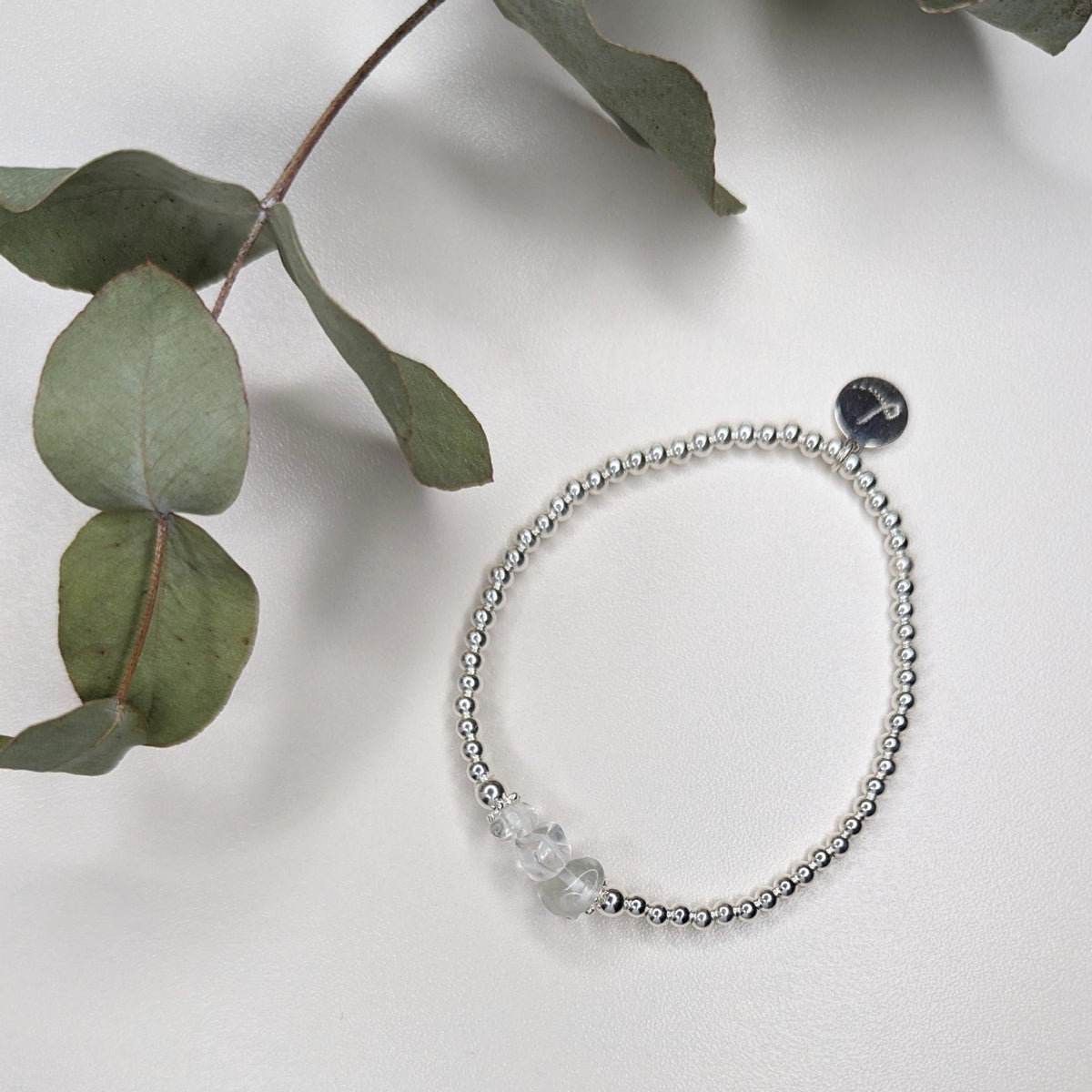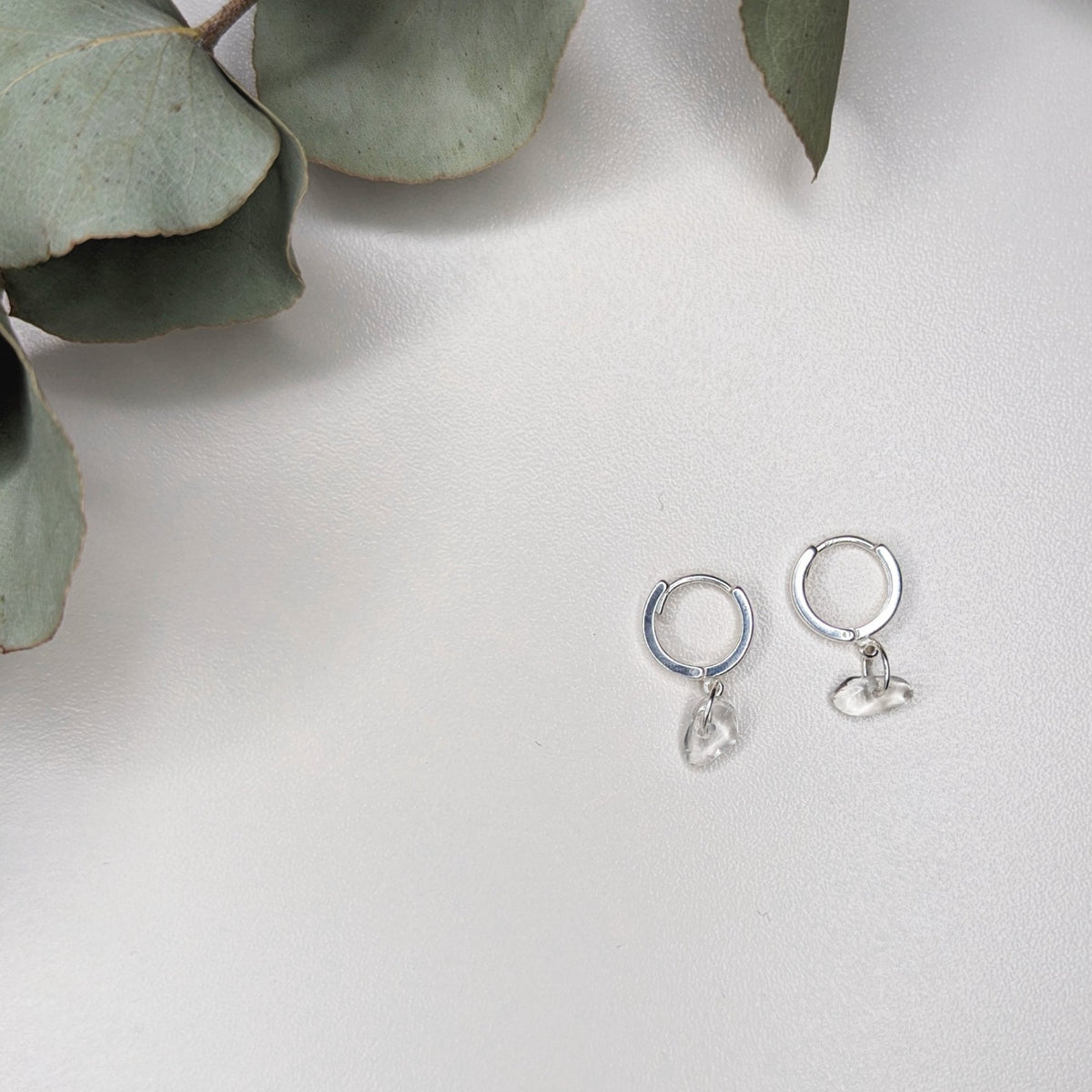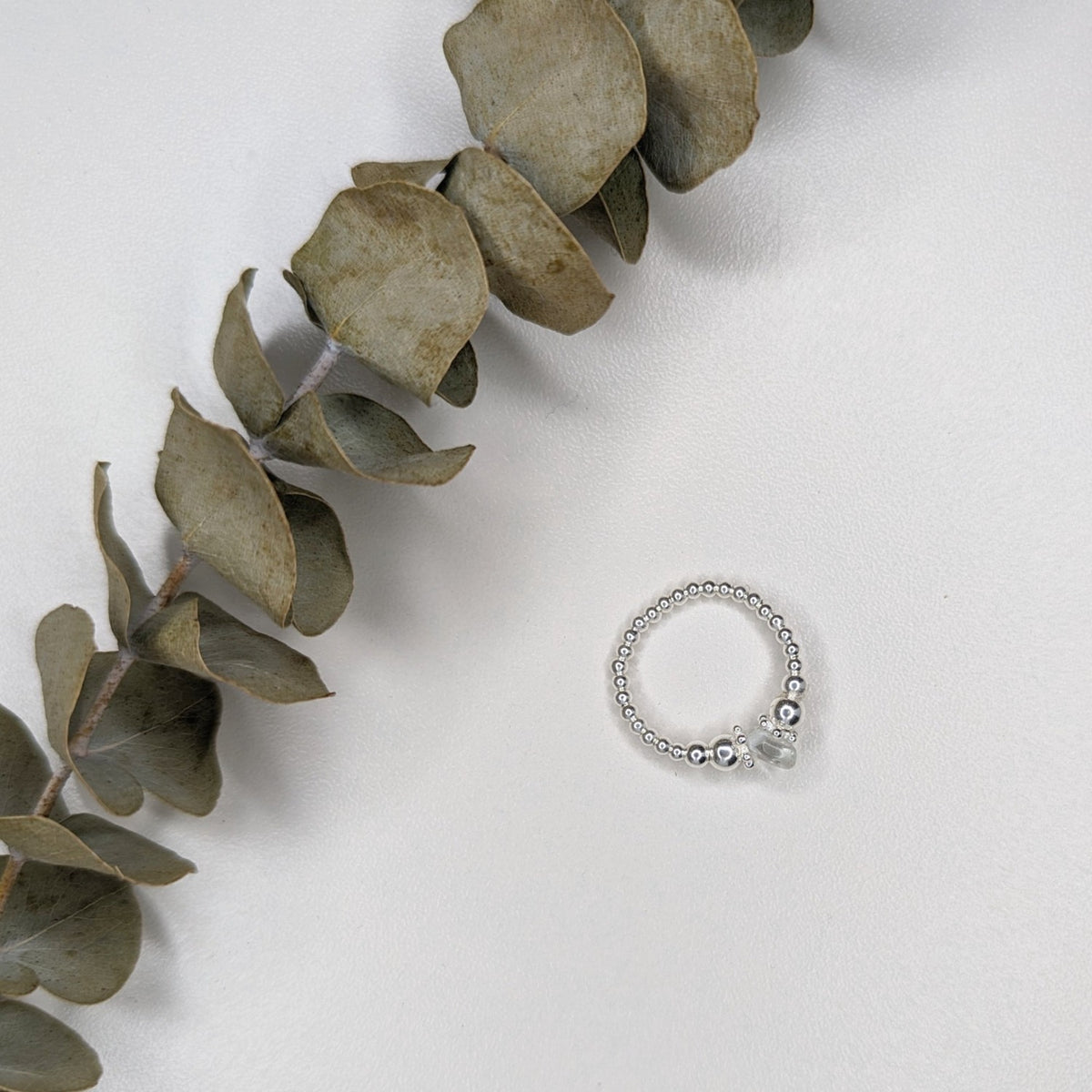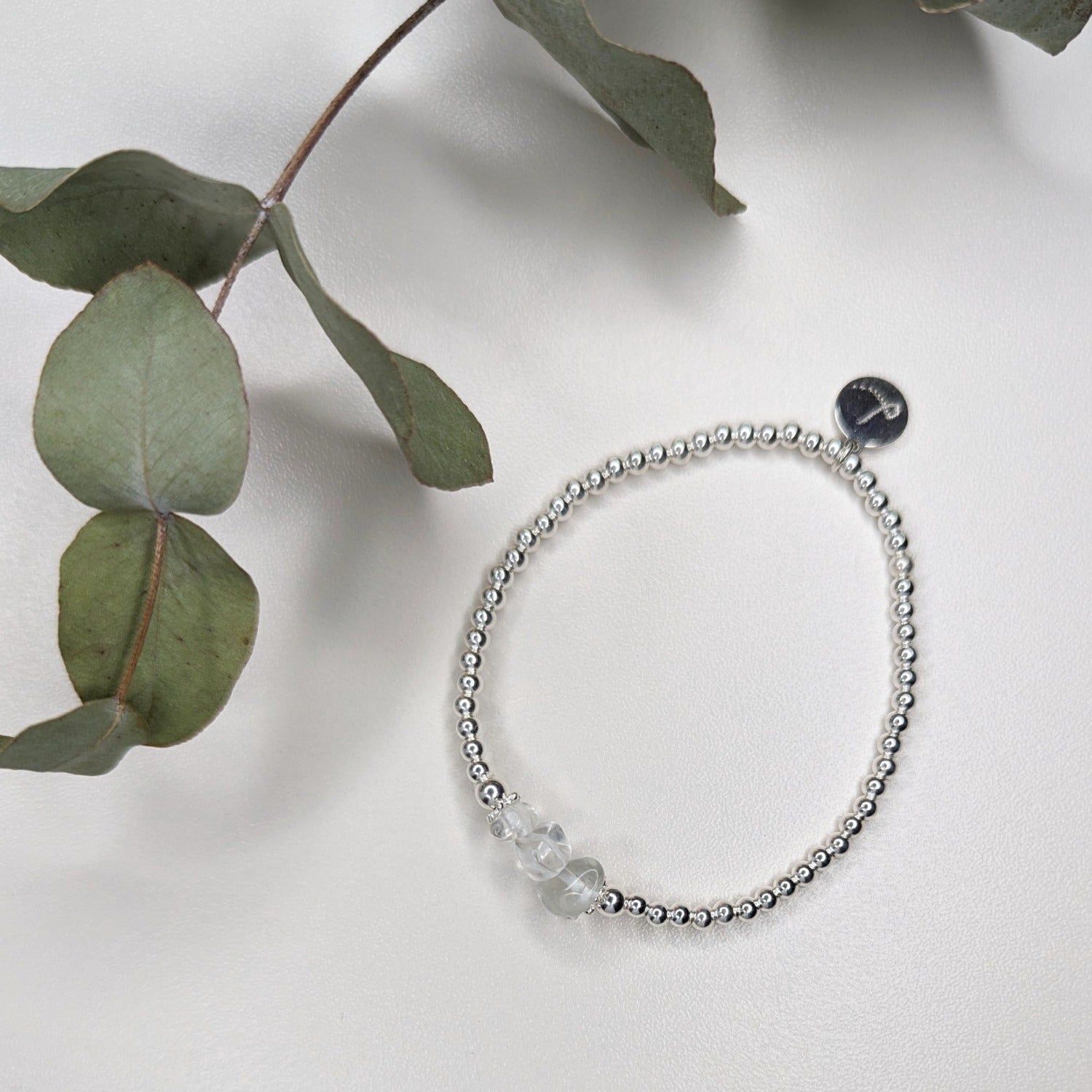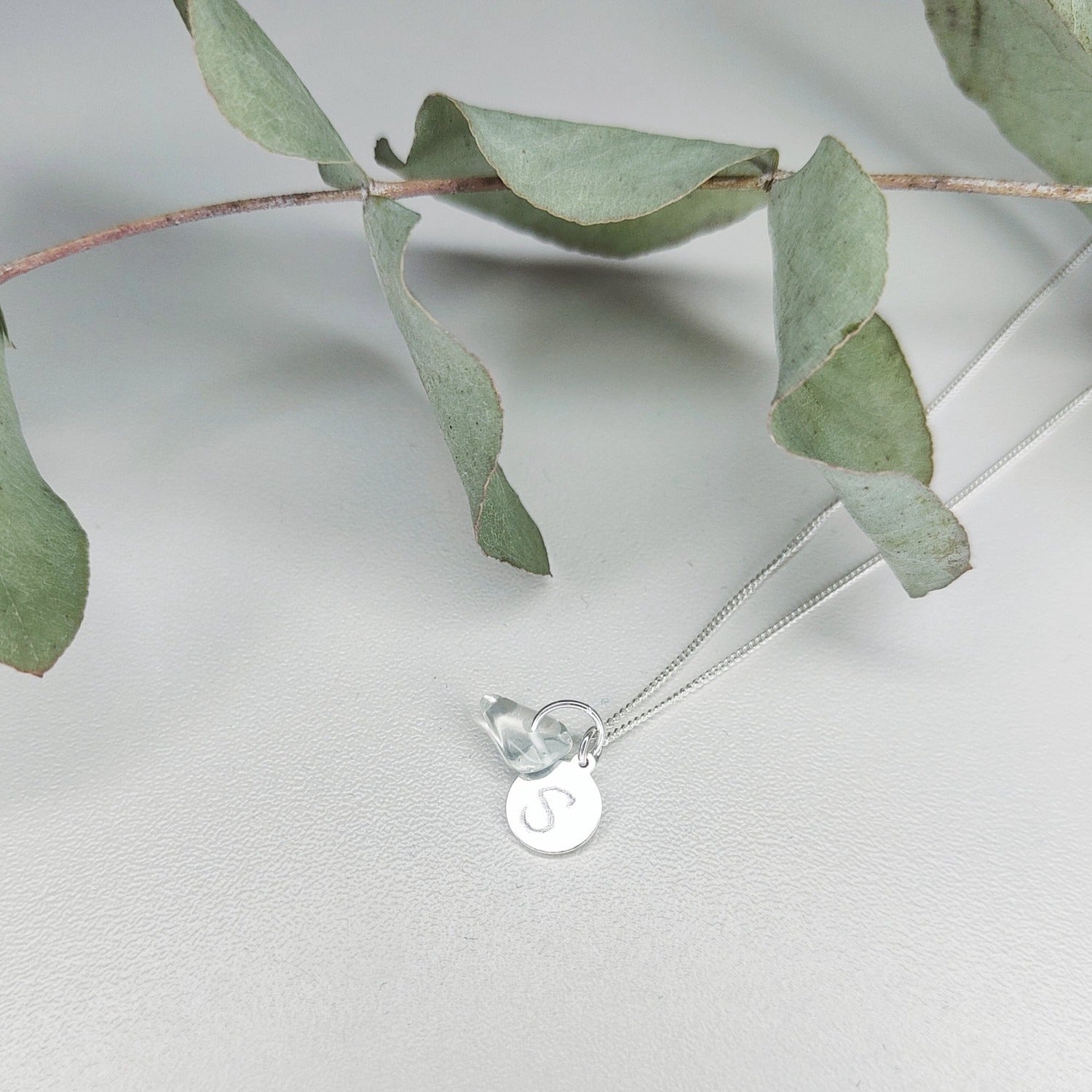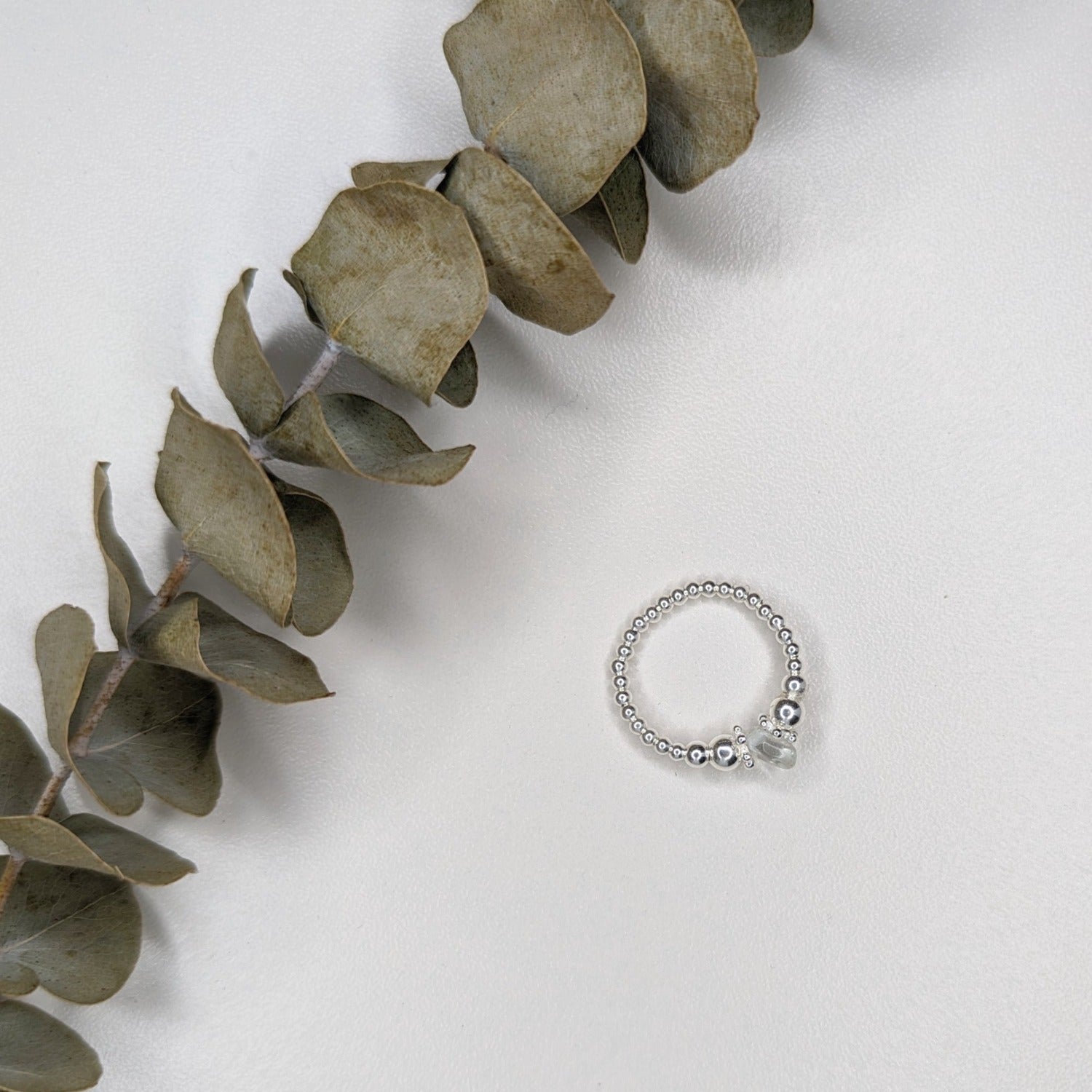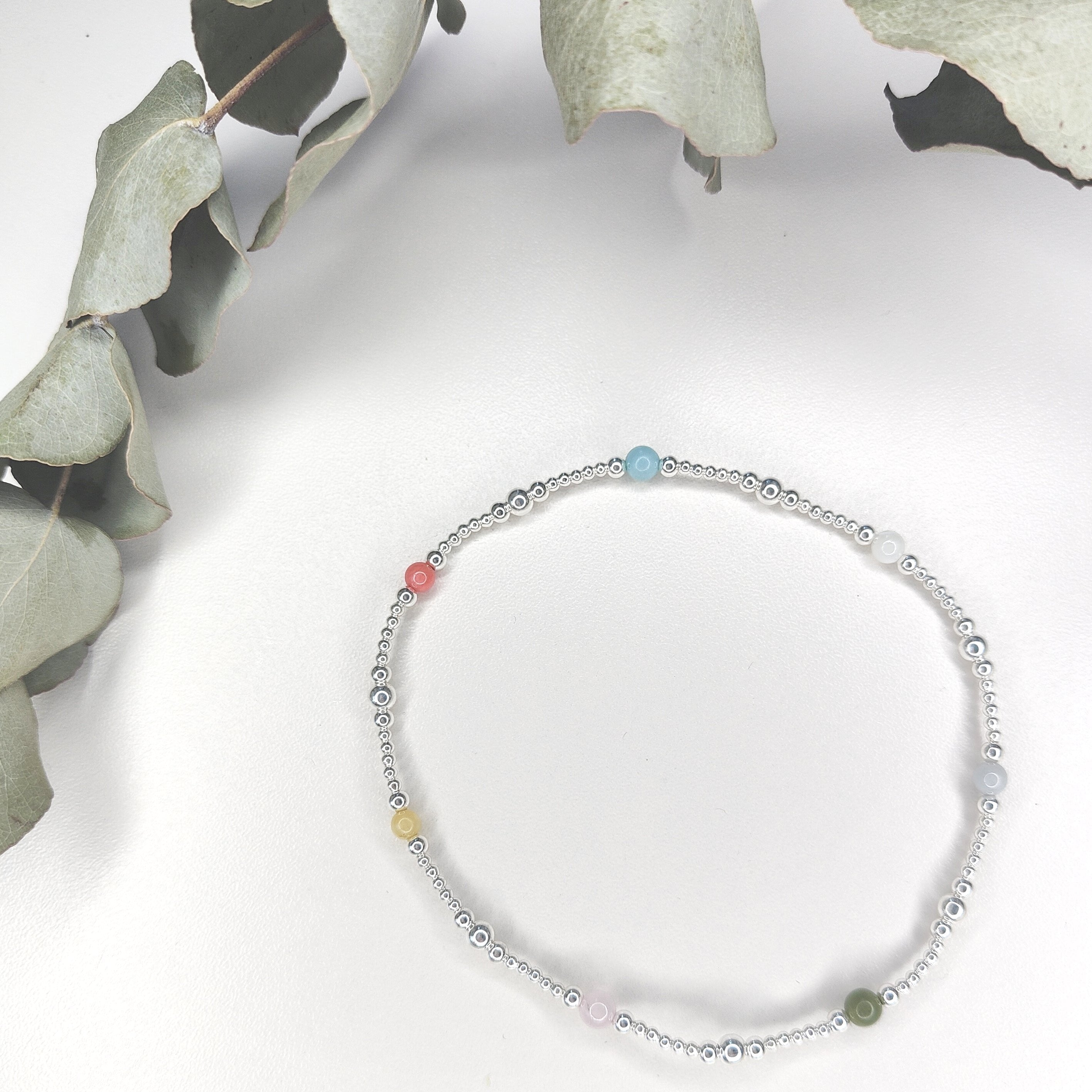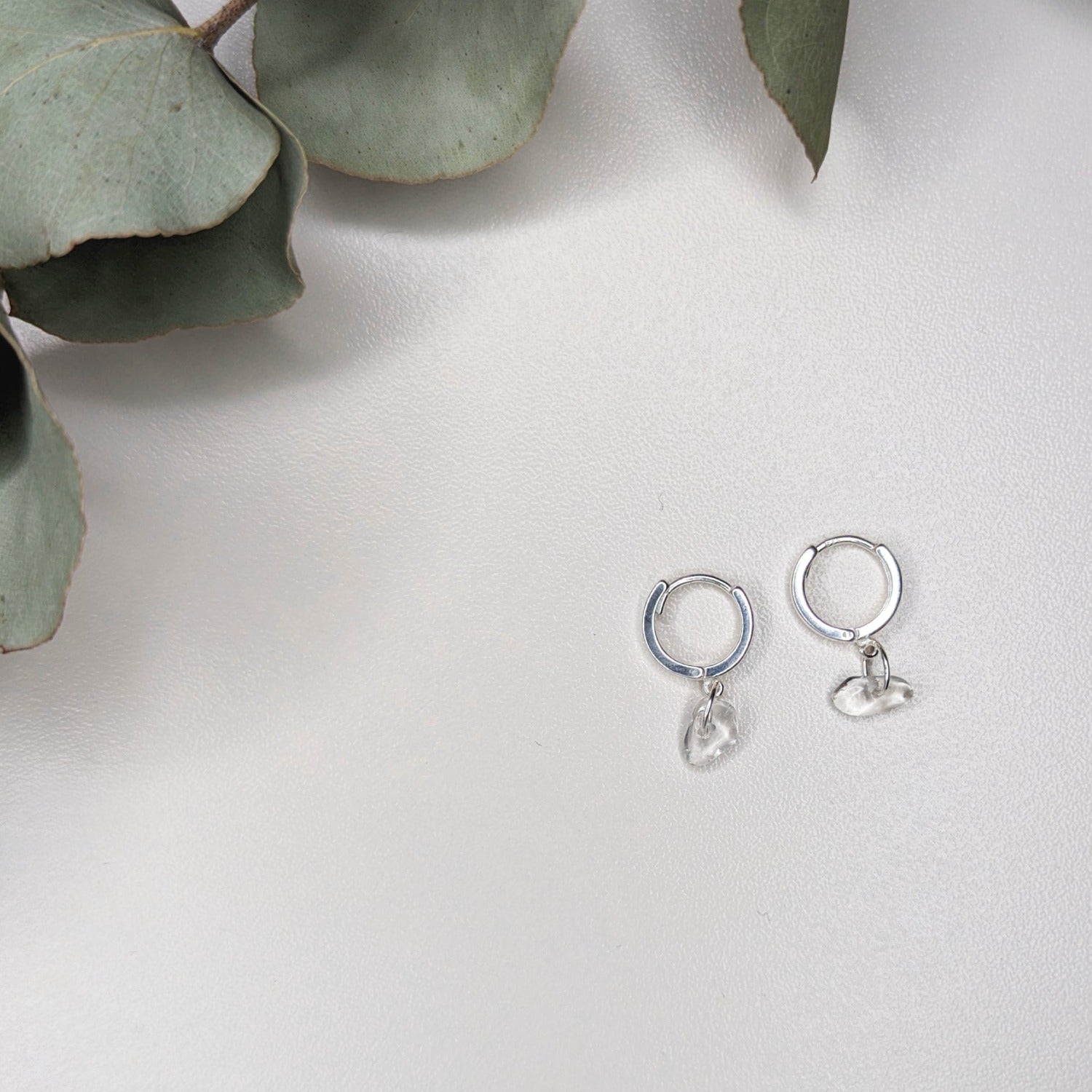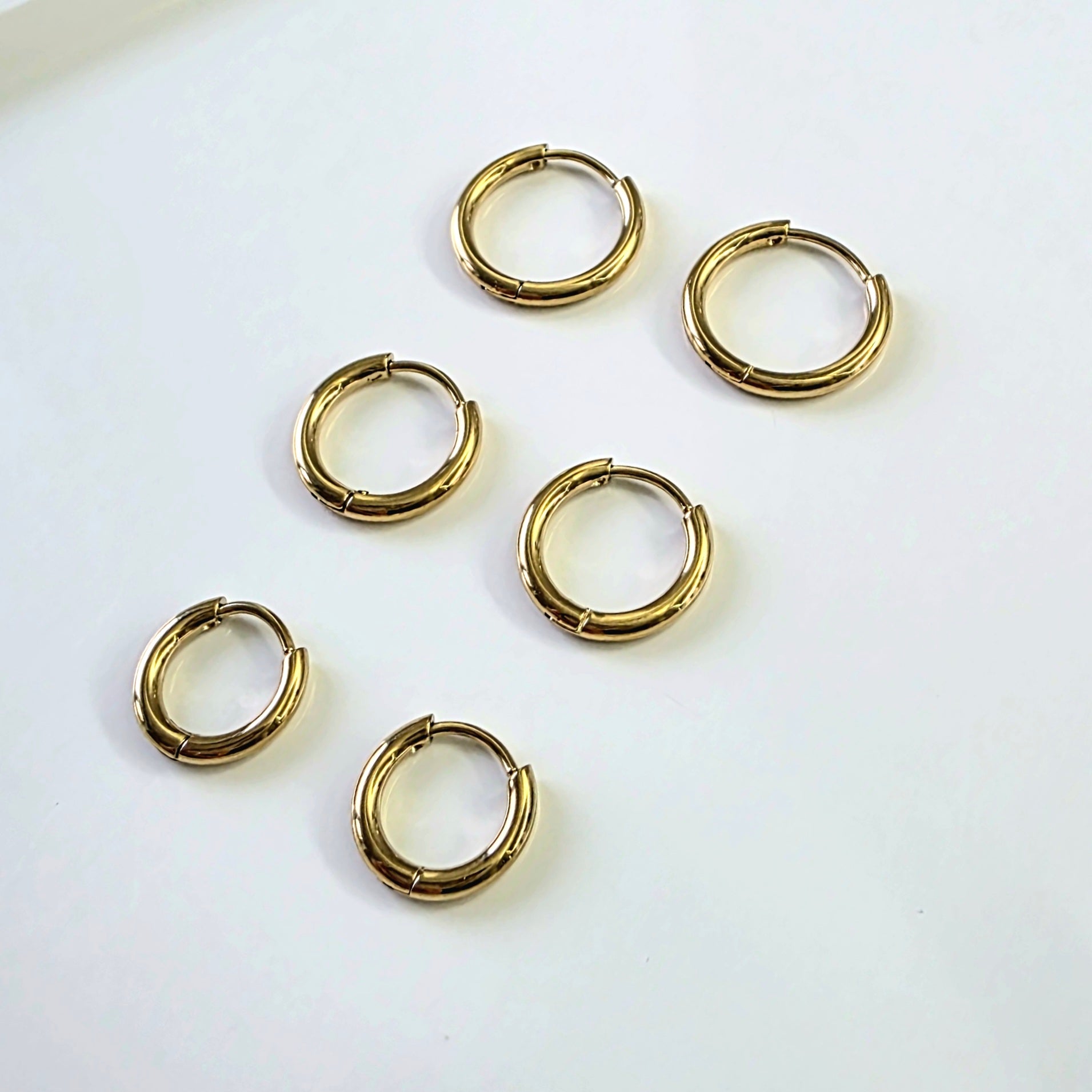At Lae Jewellery, I often hear customers ask, “Does pure sterling silver turn green?” It’s a fair question, especially if you’ve noticed a faint mark from a favourite ring. In this post I’ll explain what causes sterling silver to tarnish or discolour, how “pure” silver differs from sterling, and what you can do to keep your jewellery bright. You’ll also find answers to the most common search questions about silver colour change and green skin, written for UK readers who love wearing their silver daily.
Will 100% sterling silver tarnish
Yes, all genuine silver will tarnish over time, including sterling silver. Tarnish is a natural reaction between silver and tiny amounts of sulfur and oxygen in the air. When silver reacts, it forms a thin layer of silver sulphide on the surface, which looks grey or black. This is normal and doesn’t damage the jewellery; it’s simply a surface change that can be polished away.
Even “pure” silver, which is 99.9% silver, can dull eventually. Sterling silver, by contrast, is 92.5% silver mixed with a small amount of copper to make it stronger. That added copper makes the metal slightly more reactive, which means it may tarnish a little faster. Fortunately, tarnish is easy to remove with a soft polishing cloth. In fact, gentle wear often keeps sterling silver brighter because the friction of daily use naturally polishes the surface.
If you want to slow down tarnishing, store your jewellery in an airtight pouch when it’s not being worn, avoid contact with perfumes or chlorine, and give it a quick wipe after wearing. These simple steps make a big difference. You can read more care tips and professional cleaning advice on my wedding page, which also includes general guidance for caring for silver pieces used in weddings and events.
What type of silver doesn’t turn green?
The green mark some people notice isn’t from tarnish itself; it’s caused when copper in the alloy reacts with moisture, sweat or acids on the skin. The result is harmless copper salts that can leave a faint greenish tint. So the key to avoiding this is to choose silver with little or no copper content. Here’s what that means in practice:
- Fine silver (99.9% pure): This metal is nearly pure silver and contains no copper, so it won’t cause green marks. However, it’s very soft, which is why it’s rarely used for rings or everyday chains.
- Argentium silver: A newer alloy that replaces most of the copper with germanium. Argentium silver resists tarnish and is far less likely to cause skin discolouration. It’s ideal for anyone with sensitive skin.
- Rhodium-plated sterling silver: Rhodium creates a protective barrier over sterling silver, preventing both tarnish and skin reactions. Many of my designs use this technique for a bright, mirror-like finish that lasts.
If your skin is sensitive or you tend to react to copper, Argentium or rhodium-plated pieces are great choices. I also offer bespoke adjustments to reduce reactions, for example, coating the inside of a ring or using specific hypoallergenic findings. You can start a custom order through my Create Your Own range or design a specific ring or necklace to your liking.
Will sterling silver rings turn your finger green
Sometimes, yes, but not always, and not permanently. Sterling silver rings can leave a faint green mark on the skin if the copper within the alloy reacts with moisture, sweat or lotions. This is more likely in warm, humid conditions or if you wear the ring during activities that make your hands damp. The green hue is simply the result of copper salts forming on the skin; it’s harmless and washes off easily.
You can prevent this reaction by keeping your silver clean and dry. Remove rings before showering, exercising or swimming, and avoid applying lotions or perfumes just before putting them on. A thin layer of clear nail polish on the inside of the band can act as an invisible barrier between the metal and your skin, stopping the reaction entirely. If you prefer, you can also choose rhodium-plated sterling silver rings, which eliminate this issue altogether.
Quick tip: A green mark on your finger doesn’t mean your ring is fake, quite the opposite. It’s a sign that your piece is real sterling silver containing genuine copper. With a little care and cleaning, you can enjoy the beauty of silver without any unwanted tint.
Why sterling silver sometimes changes colour
Besides green marks on skin, sterling silver itself can darken or yellow slightly. This happens when the copper content oxidises in air. It’s purely cosmetic and easy to fix with a gentle polish. For pieces that have dulled significantly or have intricate designs, a professional clean will restore their natural brightness.
If your silver jewellery develops persistent dark areas, you can clean it with a mild silver dip or polishing cloth. Always rinse and dry thoroughly after cleaning. Avoid abrasive cleaners or paper towels, which can scratch the surface.
How to keep sterling silver looking bright
- Remove jewellery before swimming, showering or applying perfumes.
- Wipe with a soft, lint-free cloth after wearing to remove oils and moisture.
- Store in airtight bags or anti-tarnish pouches when not in use.
- Use gentle polishing cloths, avoid harsh chemicals.
- For sentimental or heirloom pieces, schedule a professional polish once a year.
These simple care habits will keep your sterling silver jewellery beautiful for years to come. And remember: if your piece ever needs a refresh or resizing, I’m happy to help.
Frequently asked questions
Will 100% sterling silver tarnish?
Yes, all real silver will tarnish eventually, but it’s a surface effect that can be cleaned easily.
What type of silver doesn’t turn green?
Fine silver and Argentium silver contain little to no copper, so they’re least likely to cause green marks. Rhodium-plated sterling silver also prevents reactions.
Will sterling silver rings turn your finger green?
Possibly, but it depends on your skin chemistry and how often your jewellery gets wet. The effect is harmless and temporary, and proper care or plating prevents it.
In summary
So, does pure sterling silver turn green? The silver itself doesn’t, but the small amount of copper in the alloy can sometimes react with moisture, leaving a faint tint on your skin. It’s harmless, easy to clean and preventable with good care. Tarnish, meanwhile, is a normal darkening process that every piece of silver experiences over time. With proper cleaning, both effects are short-lived.
If you love silver but have sensitive skin, consider Argentium or rhodium-plated designs. For bespoke adjustments or custom hypoallergenic jewellery, visit Create Your Own or contact me directly. With a little attention, your sterling silver will stay bright, beautiful and comfortable for everyday wear.
